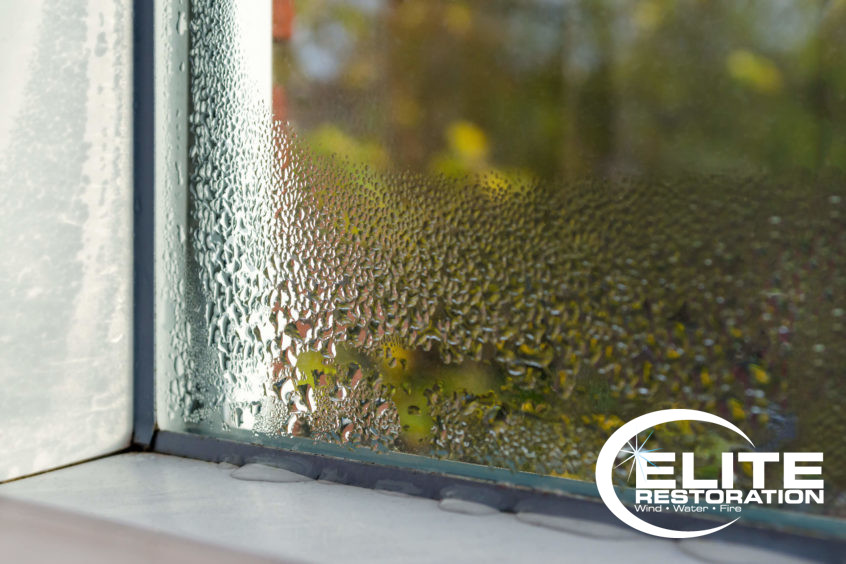How to Properly Clean Window Wells

These days if you have a basement in your home, you need to have at least one egress window. Egress is another term for “exit,” and these windows are vital for escape in case of an emergency. Besides their safety feature, clean window wells give basements more natural light than ever before, making them feel less like basements and more like cozy underground oases!
Along with an egress window comes an egress window well. These wells contain steps or small ladders that allows someone to climb in or out, and also include a drain at the bottom. The drain attaches to a pipe that directs water from rain or melting snow to either connect to a sump pump in the basement or to flow away from the foundation of the home, keeping it from flooding your home.
While a properly installed egress window shouldn’t require much maintenance, it’s still important to have clean window wells. This fights possible water damage, and helps with the ease of escape in the event of an emergency. With fall already here and winter quickly approaching, it’s vital that homeowners take the time to prepare their window wells.
Here’s how to prep your window wells for the winter weather:
- Clean out any visible debris. Grab your gloves and a garbage bag and climb on in. Clear out any leaves, sticks, rocks, garbage, cobwebs, and anything else that you don’t want in your wells. It may not be very fun but try to do this regularly throughout the year to prevent major buildup. Try to clean them out once per quarter.
- Vacuum. If there’s still buildup after you’ve cleaned out your window wells by hand, rent or borrow a shop vacuum (if you don’t already have one) and clean out what’s left.
- Make sure it’s draining properly. Run a hose into the well and see how quickly it drains. If it drains, move onto step 4.
- Invest in covers. You can easily push window well covers from below in an emergency, and they help keep people from tripping and falling in from above. They also prevent falling leaves, sticks, and other debris from finding its way into your well. These things can clog your drain if left uncovered.
- Rock on! Place medium-large rocks (such as decorative river rock) around the drain pipe to prevent smaller debris or gravel from falling in.
If your window well is already flooded, the steps you need to take are as follows:
- First, remove any water that’s found its way into your basement. Vacuum it up using a wet/dry vacuum (you can rent or borrow one). If the water level is too high, you may need to consider hiring a professional to use higher grade equipment and restore what they can before mold sets in.
- Next, drain the window well itself. It’s possible that a collection of debris and gravel have formed a muddy cover over the drain, and you may need to dig this up to do so.
- Finally, discover the source of the problem. It could be improper installation, a crack, or a larger clog within the drainage system. Use a hose or a pitcher of water to help determine this.

